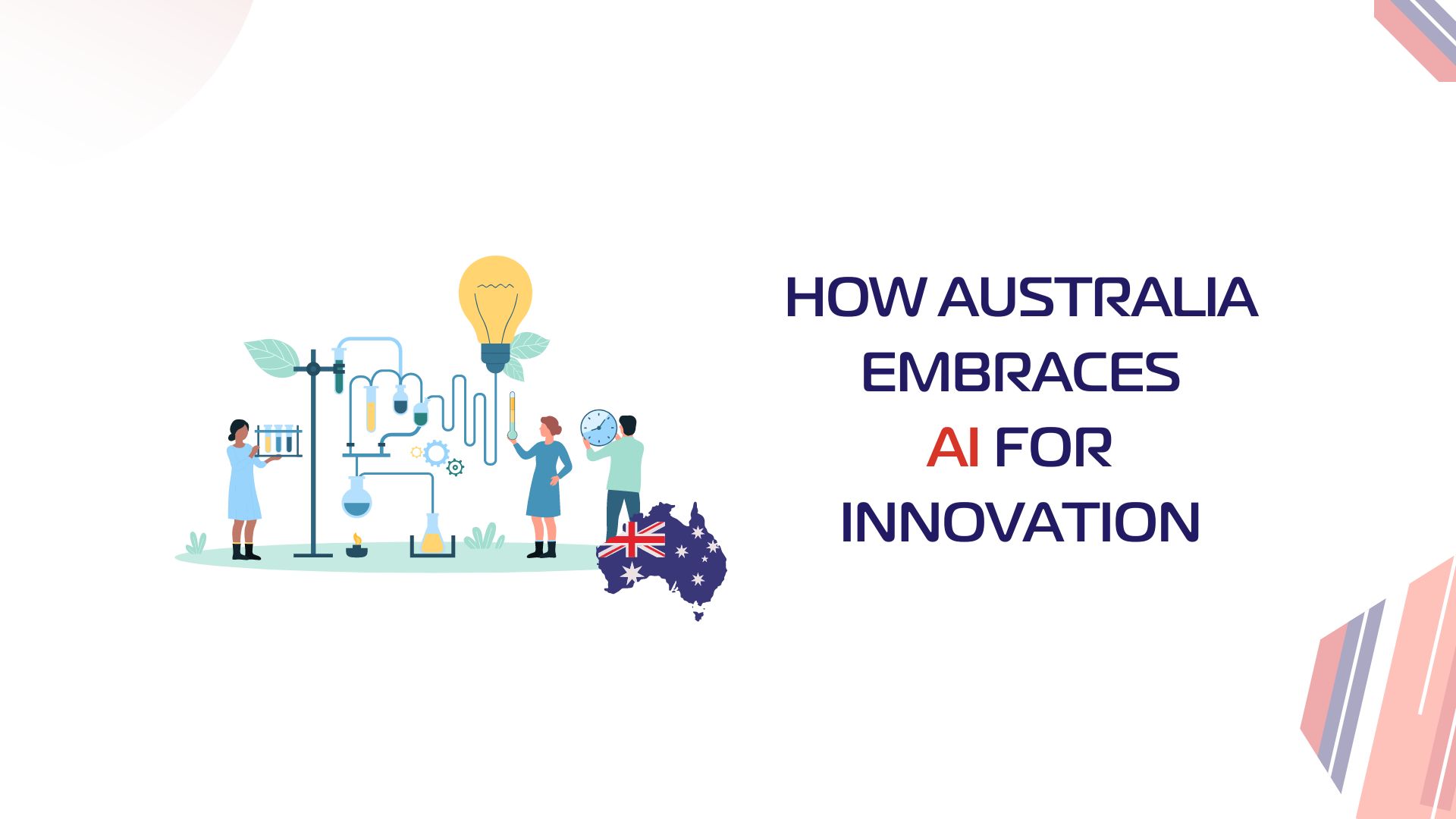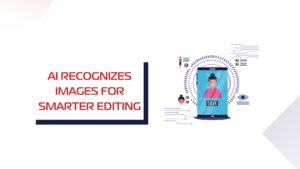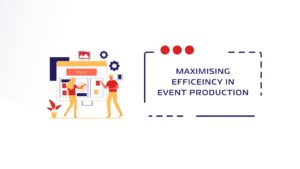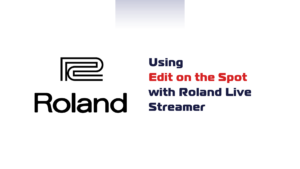Current State of AI Adoption in Australia
According to the Fusion Digital study, Australia is leading the charge in AI adoption, with a remarkable 35% adoption rate, outstripping the global average by 26%. Professionals are eager for more AI integration to streamline tasks, with 47% finding their workdays burdened by low-value tasks. Executives are driving this urgency, with 60% prioritizing AI integration, however, there’s a gap in support, with only 35% receiving guidance. As Australia embraces AI, prioritising support for employees is crucial for a seamless transition. (CFOtech)
Case Studies of Adoption of AI in Australia
- AI in Education
The South Australia Department for Education has developed a unique chatbot named ‘EdChat’ specifically for teaching and learning purposes. It’s the first of its kind in Australia and among the earliest globally to be used in education.
According to Martin Westwell, the Chief Executive of the SA Department for Education, EdChat was created in response to the emergence of tools like ChatGPT, aiming to provide a safe space for teachers and students to explore AI and develop future-ready skills. Developed in collaboration with Microsoft, EdChat utilizes the Azure OpenAI service, which operates on a similar technology as ChatGPT. (Insight)
Students can interact with EdChat to get information on various topics, seek creative suggestions, or analyse complex ideas through its user-friendly interface. In initial trials, students used EdChat to refine their ideas for schoolwork, enhance creativity, and gain a better understanding of challenging subjects. EdChat proved beneficial in quickly accessing and simplifying vast amounts of information for students.
- AI in the Mining Industry
BHP Billiton, an Australian mining company focusing on metals and natural gas, has faced losses in both lives and money due to fatigue-related incidents among its machine operators.
In the mining sector, fatigue plays a significant role in up to 65% of truck accidents in open pit mines. This is often attributed to the impact of sleep deprivation on motor skills and cognitive functions such as problem-solving and memory.
To tackle these risks, BHP has embraced AI technology, introducing special caps with sensors to monitor drivers’ brainwaves for signs of drowsiness. The system alerts both drivers and supervisors, ensuring timely intervention. Despite being implemented in 2022, the initiative has already proven successful, with zero accidents due to driver fatigue, potentially saving BHP significant costs in the future. Find more case studies of applications of artificial intelligence in the mining industry here.
- AI in the Climate Change Industry
In 2024, Australia’s National AI Centre (NAIC) launched the AI Sprint program, aimed at accelerating AI solutions for national challenges, including climate change. This initiative, in collaboration with Stone & Chalk and Google Cloud, provides startups with resources to develop AI-driven innovations. One notable project is the use of AI to enhance environmental well-being by predicting weather patterns and assessing the impact of climate policies. The AI Sprint has become a catalyst for startups to create impactful AI solutions that address the urgent issue of climate change, positioning Australia as a leader in responsible AI advancements. (CSIRO)
- AI in the Agriculture Industry: The AgriTech sector in Australia has seen significant growth, with AI playing a pivotal role in transforming traditional farming practices. In 2024, the integration of AI in agriculture has led to the development of innovative solutions such as precision farming and predictive analytics for crop management. A case in point is the eGrazor collar system, which uses machine learning to measure cattle grazing and predict pasture intake, thereby optimizing livestock productivity. This technology exemplifies how AI can contribute to sustainable agricultural practices and enhance decision-making processes in the industry. (CSIRO)
Challenges of Implementing AI in Australia and Possible Solutions
The recent study conducted by Slack in collaboration with Workforce Lab identified a couple of challenges as to why AI use has not been implemented fully. They are:
- Gaps in leadership guidance.
It found that employees with company guidelines on the use of AI at work were six times more likely to use AI tools than those without. (ITBrief)
Proposed solutions are:
- Employers/supervisors should get familiar with AI tools they want to implement so that they are knowledgeable.
- Encouraging continuous learning development culture in the workplace
- Developing AI training programs.
- Providing support for re-skilling and upskilling. Especially roles that will be affected by automation. (LinkedIn)
- Gender Disparities in the use and trust of AI
Women have higher concerns on topics such as economic and personal security. When it comes to economic security, the worry of higher unemployment, lesser pay and the fact that women have higher representation in entry-level jobs such as administrative work and retail, which are slowly being phased out due to AI and automation.
As for personal security, it has become a very real concern that personal information can be leaked. Crime has moved into cyberspace and women are more susceptible to such attacks, especially with the rise of deepfakes. (Brookings)
To address this, we must tackle the ethical considerations surrounding the use of AI:
- Making sure that women are represented in fields of science which is historically a male-dominated area.
- Laws that guarantee women are protected from cybercrimes such as the distribution of non-consensual sexual explicit photos and videos. The unfortunate truth is that not many countries have these laws and even if they do it is not as widespread as it should be.
- To guarantee their economic security, having policies that make sure that women can pursue these job areas and still maintain benefits such as maternity leave would be a huge help in incentivising them.
Regulatory Framework Surrounding AI in Australia
At present, there are no specific Australian legislations regulating artificial intelligence (AI) technologies. (Lexology)
According to the 2023 Safe and Responsible AI in Australia discussion paper, the Australian government recently shared ideas on how to make sure AI technology is used safely and responsibly. They talked about it in their Interim Response, released in January 2024. This response is based on what people said during public discussions about regulating AI properly. It gives a basic idea of how the government plans to make sure AI is developed and used safely and responsibly.
Some of the areas the government will focus on first are:
- The Government is deciding on rules for AI, especially for risky AI, by talking to experts and businesses.
- They want to ensure risky AI is safe and accountable by setting rules for testing, transparency, and responsibility.
- Simple AI tools won’t need special rules to keep working easily.
- The Government is also working with the industry to make voluntary safety standards for AI. Such measures like voluntarily labeling AI-generated content.
- They’re gathering a group of experts to help make more rules for AI to keep it safe and fair. This ensures that the advancement of AI is not halted at any point. (Global Compliance News)
In summary, Australia is increasingly adopting AI in various industries but faces challenges in regulation and workplace integration. To overcome these challenges, collaboration between government, businesses, and education is crucial. By investing in AI education and developing clear regulations, Australia can harness the benefits of AI while addressing ethical concerns. Case studies like BHP’s safety improvements and SA Department for Education’s AI chatbots highlight the potential of AI in Australia.
A commitment to responsible AI utilization could elevate Australia’s status in the global tech arena and contribute to economic prosperity.
Check out our blog for more interesting case studies on AI here
Follow us on our socials for more Edit on the Spot news and updates



